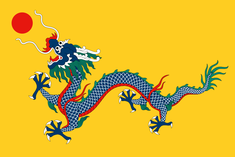
Why do some Chinese people dislike Qing?
First published: Thursday December 23rd, 2021
Report this blog
Introduction
Qing (1636-1912) was the final imperial dynasty to rule over China. Its borders and economy formed the basis of the modern-day China. Though it was indisputably more powerful than its predecessors, many Chinese people today resent that era. Why is this?
Many might think that it was because the Qing imperial household was Manchu and not Han. Well, yes, that was one reason, but not the only reason. In late Qing, the Manchus became so increasingly sinicized that they were almost effectively Han Chinese. So, what else caused this resentment?
Analysis
First off, the queue hairstyle, often known as the Manchu pigtail. To many, not only was this hairstyle ugly, but it was also a sign of foreign oppression as Han Chinese men were forced to wear this hairstyle during the Qing dynasty.
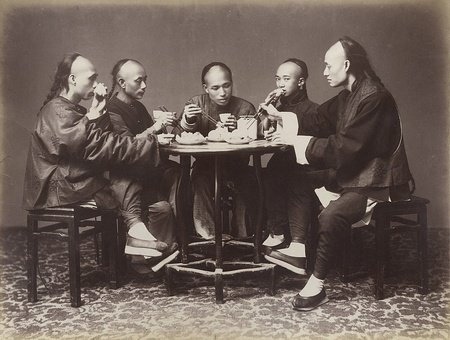
Although people hated queues, the fact that Qing was backward surely brought more hate. You see, while the West was on the rise in the 19th century, Qing gradually became relatively weaker as it did not evolve and prosper like say the United Kingdom. As a result, the weaker Qing lost countless battles against Western forces. The Chinese suffered heavy casualties in the Opium Wars and against the Eight-Nation Alliance and was forced into signing unequal treaties. The former could technically be blamed on the British for initiating warfare to flip the balance of payments, but Qing was definitely one to blame too for being incompetent. Because of that, many today believe that the Qing dynasty was the main reason why China was economically and technologically behind for a long time.
Like any other Chinese dynasty, Qing was plagued with corruption in its later years. Corrupt officials tend to evade taxes and had national incomes flow into their own pockets. One infamous example was Niohuru Heshen (1750-1799), who became so wealthy that his estimated net worth would rival Elon Musk today. Thanks to individuals like him, ordinary people suffered. And as you may know, hunger results in chaos. The rebellion that lead to the most casualties during the Qing dynasty was the Taiping Rebellion, with an estimated 20 - 70 million deaths. There were even estimates as high as 100 million but those figures were far too unrealistic to be considered.
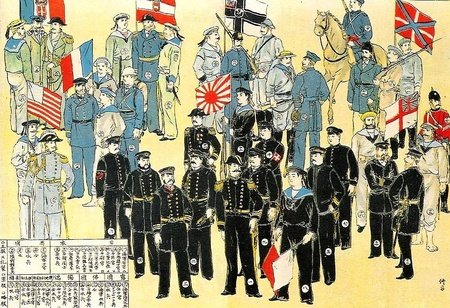
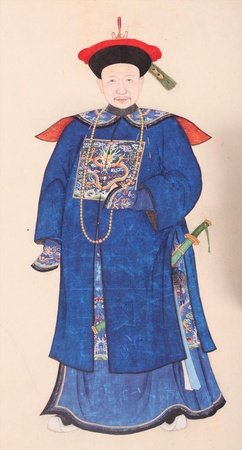
Chaos within a nation is determined by multiple factors, and thus, officials like Heshen, although malicious, are not the only ones at fault. In late Qing, power has fallen to one particular woman, Empress Dowager Cixi (1835-1908). Dear feminists, before you get excited, I should say that she was not a good leader. As the de facto ruler of the empire for 4 entire decades, she supported the Boxer Rebellion, suppressed the Hundred Days' Reform, placed the Guangxu Emperor (1871-1908) under house arrest through a coup, and likely poisoned the Emperor before her death to prevent him from continuing reforms.
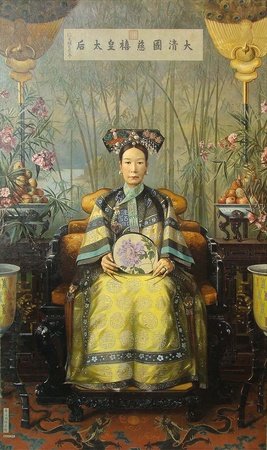
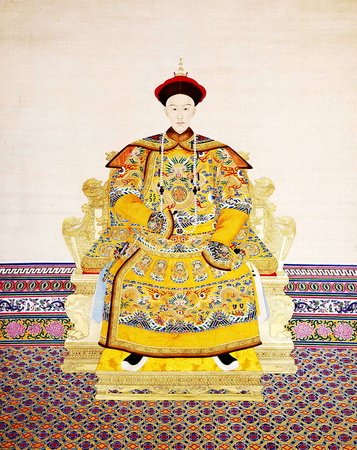
Emperors of late Qing were generally heavily criticized. The Xianfeng Emperor (1831-1861), for instance, fled the imperial capital when the Opium Wars happened and stayed at his resort in Rehe until he died at the age of 30. Then, there's the final emperor of Qing, the Xuantong Emperor (1906-1967), more commonly known by his name Puyi. He ascended to the throne when he was 2 but abdicated when he was 5 without even knowing about the situation. When he grew up, he attempted to rebuild his empire. Nothing wrong about that idea, as losing status and becoming a commoner probably wasn't easy for him. However, he picked the wrong helper. To defeat the Republic of China and reclaim the territory, he invited in the Japanese to be his guest and established the puppet state of Manchukuo (1932-1945). This act by Puyi was seen as treason and considering the atrocities committed in the Second Sino-Japanese War, it is no surprise that people resented him and what he stood for.
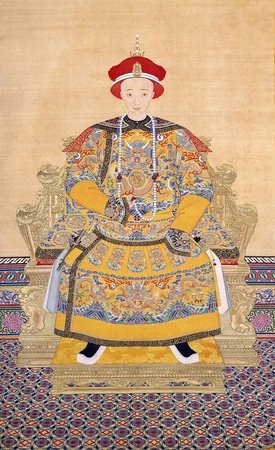
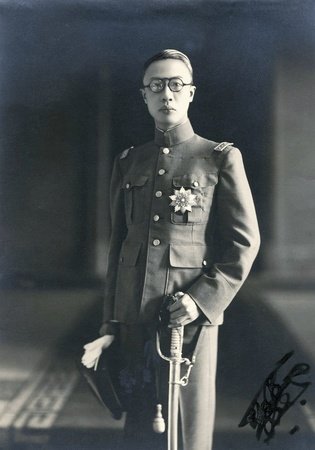
Things only look worse when comparison is drawn. If you read my previous blog, you would see that the final emperor of Ming, Chongzhen (1611-1644), was such a well-respectable ruler, especially when compared to the last Qing emperor. When the imperial capital fell, rather than choosing to surrender and live as a puppet, he decided to end himself and left a majestic death note containing one line that roughly translates to "May those crooks divide my corpse, but let them not hurt one commoner."
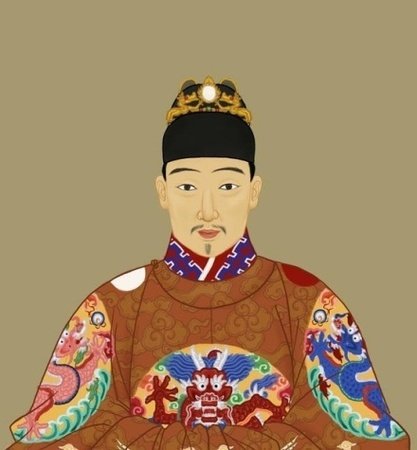
Conclusion
These surely do paint a terrible picture of Qing, but you should know that history is written by victors. Some events may have been distorted or cherry-picked in order to justify the overthrow of the predecessor. For example, some claimed that the Qing navy in the late 19th century comprised wooden boats, which is definitely false as they had a modern navy called the Beiyang Fleet.
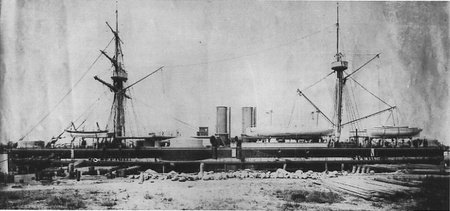
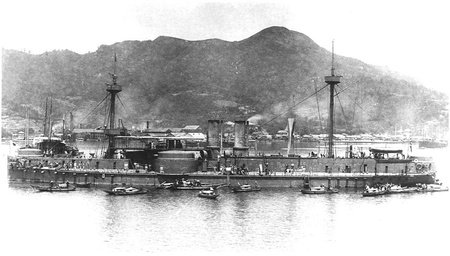
In a nutshell, people dislike Qing for being behind, being plagued with corruption, having a weak government, having emperors that are effectively traitors and, of course, that pigtail. Though the attitude is understandable, some points listed were likely unjustified hate and the Qing dynasty was probably not as broke and weak as expected and thus does not deserve all the blame it received. In fact, many who conducted research on this topic have discovered that Qing was actually much more powerful than what was taught to them. So, to sum up, the true reason behind the fragility of Qing was not entirely its government's fault, but this is not to say that it was not their responsibility at all.
Alright, that's all for this blog. I really was not expecting myself to finish this blog that early, but I guess the holiday spirit pumped in some fresh motivation. Let's hope that this energy won't die out any time soon :P
Have a nice day!

Fixed, thanks
Thanks